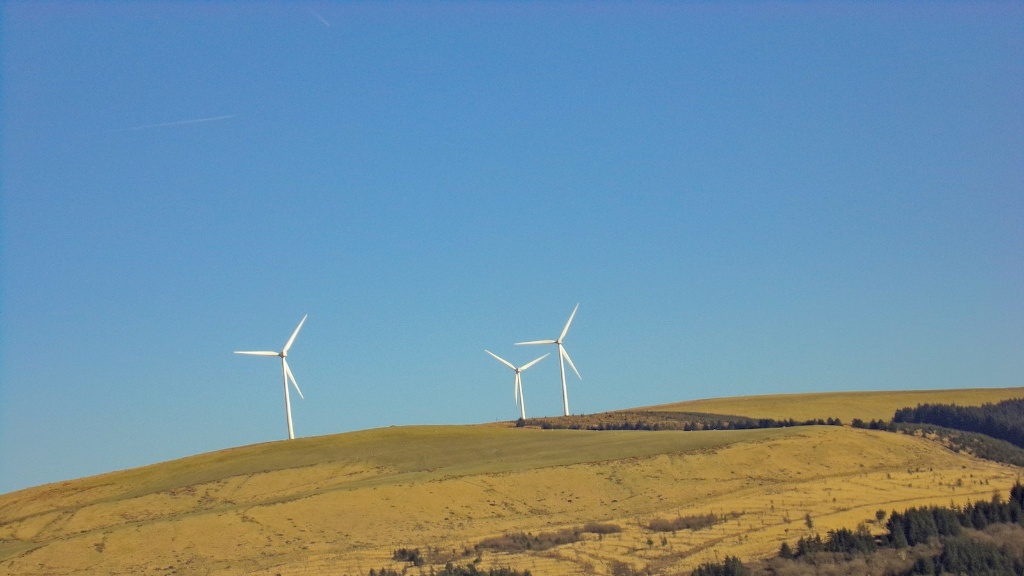The effects of global warming on animals are far-reaching and profoundly devastating. Climate change is drastically impacting wildlife habitats and migration routes, with significant effects on animal populations and their ability to survive. As temperatures increase and weather patterns become more unpredictable, animals are facing an unprecedented challenge as they are forced to confront and adapt to novel environmental conditions.
A concerning and well-documented side-effect of global warming is the increasing frequency of extreme weather events, such as heatwaves, floods, and droughts. Such events put tremendous pressure on animals to survive and thrive in their changing habitats and can have a devastating impact on their populations. Animals that cannot tolerate the heat, cold, or lack of food or water, are at the greatest risk of death or becoming endangered. For example, amphibians, which are particularly sensitive to temperature changes, are facing populations declines and extinction from disease, drought, and other climate-related changes.
Global warming also has a devastating impact on migratory species that depend on healthy and predictable migration routes to subsist. As temperatures rise, flight and migration strategies must be reconsidered, breeding cycles may be disrupted, migratory timetables become delayed, and food resources shift. The Arctic region is under particular threat, as habitats for land-based species are changing due to melting snow and sea ice, and the waters around the continent are becoming dangerously acidic as the oceans absorb more carbon dioxide. These changes put species such as polar bears and walruses at risk of extinction, adding to the list of species impacted by climate change.
Despite the many negative impacts of global warming, there are some possible benefits to be garnered. As temperatures rise, some species may be able to adapt and benefit from the new conditions. Smaller animals, such as rodents, often experience population increases when temperatures become more extreme, since they can reproduce faster and have fewer predators. This can have a positive effect on food webs and ecosystem services, although it can also be disruptive when species invade habitats that have previously been productive for predatory species.
To effectively manage the effects of global warming on animals, it is essential to create policies and procedures that mitigate the risks. Policies should protect sensitive habitats such as wetlands, which are essential to aquatic species, and establish corridors and migration routes for land-based species. Education programs should be designed to create public awareness about the challenges our wildlife are facing and actions individuals can take to make a difference. Governments must strive to strengthen their commitments to the Paris Climate Agreement, set realistic emission reduction targets, and implement robust climate adaptation strategies to reduce the negative impacts of global warming on animal populations.
Global warming is undeniably a crisis that is affecting wildlife in tangible and devastating ways, yet collective efforts can be made to mitigate its harmful impacts. By educating ourselves and advocating for sustainable development policies and practices, we can give threatened species a fighting chance at survival.

